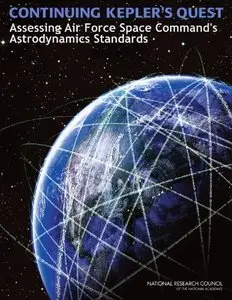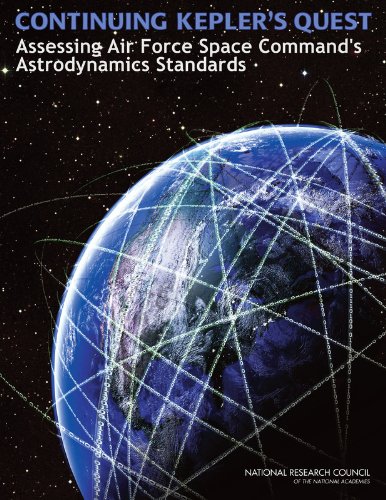Continuing Kepler's Quest: Assessing Air Force Space Command's Astrodynamics Standards by Committee for the Assessment of the U.S. Air Force's Astrodynamic Standards
National Academies Press | September 20, 2012 | English | ISBN: 0309261422 | 83 pages | PDF | 5 MB
National Academies Press | September 20, 2012 | English | ISBN: 0309261422 | 83 pages | PDF | 5 MB
In February 2009, the commercial communications satellite Iridium 33 collided with the Russian military communications satellite Cosmos 2251. The collision, which was not the first recorded between two satellites in orbit–but the most recent and alarming–produced thousands of pieces of debris, only a small percentage of which could be tracked by sensors located around the world. In early 2007, China tested a kinetic anti-satellite weapon against one of its own satellites, which also generated substantial amounts of space debris. These collisions highlighted the importance of maintaining accurate knowledge, and the associated uncertainty, of the orbit of each object in space. These data are needed to predict close approaches of space objects and to compute the probability of collision so that owners/operators can decide whether or not to make a collision avoidance maneuver by a spacecraft with such capability. The space object catalog currently contains more than 20,000 objects, and when the planned space fence radar becomes operational this number is expected to exceed 100,000.



